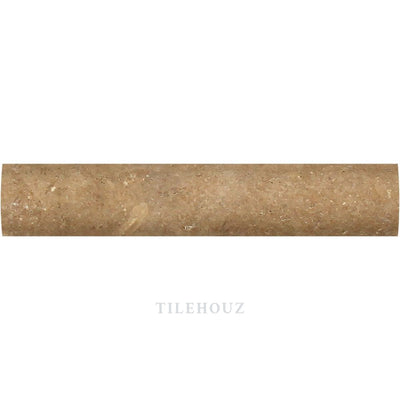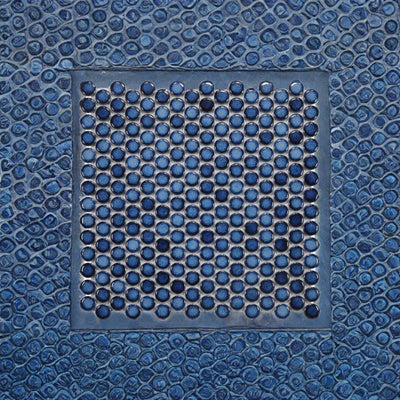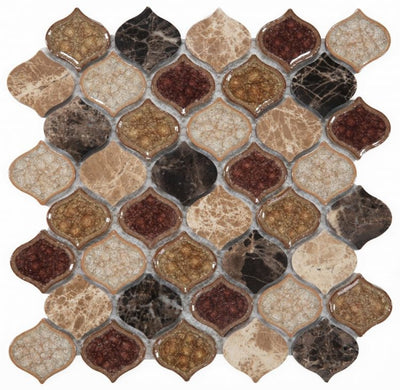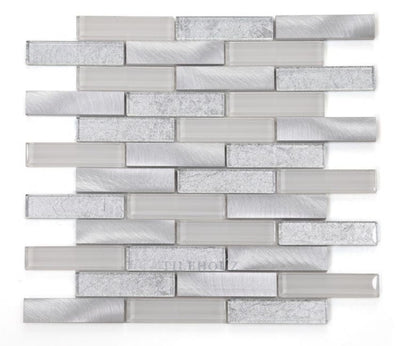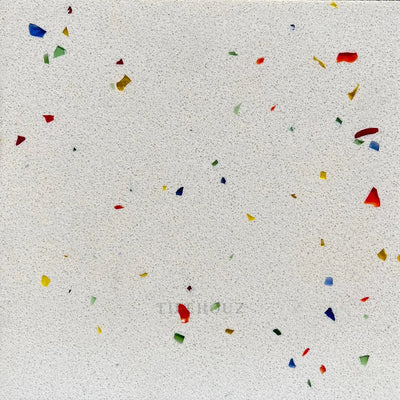What Is The Difference Between Marble And Dolomite?
Dolomite and marble are both natural stones, but they differ in terms of composition, formation, and physical properties. Let's explore the differences between dolomite and marble:
1. Composition:
- Dolomite: Dolomite is a sedimentary rock that primarily consists of the mineral dolomite (calcium magnesium carbonate). It forms from the chemical reaction of limestone or lime mud with magnesium-rich groundwater.
- Marble: Marble is a metamorphic rock composed of recrystallized carbonate minerals, typically calcite or dolomite. It forms from limestone that undergoes intense heat and pressure within the Earth's crust.
2. Appearance:
- Dolomite: Dolomite is usually white, gray, or light pink in color. It often features distinctive patterns and markings caused by impurities or fossils. The appearance of dolomite can vary, ranging from a fine-grained texture to coarser crystals.
- Marble: Marble is renowned for its wide variety of colors and veining patterns. It can be white, gray, black, beige, green, pink, or even multicolored. Marble's veining can range from subtle to bold, adding a unique aesthetic appeal.
3. Durability:
- Dolomite: Dolomite is relatively soft compared to other natural stones, including marble. It ranks around 3.5 to 4 on the Mohs hardness scale, making it more susceptible to scratches, etching, and wear.
- Marble: Marble is moderately durable but softer than some stones. It typically ranges from 3 to 5 on the Mohs hardness scale. While it can withstand regular use, it is prone to scratching, etching, and staining if not properly cared for.
4. Applications:
- Dolomite: Dolomite is primarily used as a construction and ornamental stone. It is commonly employed in the production of aggregate for concrete and road construction. Its attractive appearance also makes it suitable for decorative purposes such as countertops, tiles, and sculptures.
- Marble: Marble has a long history of use in art, architecture, and interior design. It is widely utilized for flooring, countertops, wall cladding, fireplace surrounds, and sculptures. Marble's elegance and timeless beauty make it a popular choice in luxury projects.
In summary, dolomite and marble differ in terms of their composition, appearance, durability, and applications. Dolomite is a sedimentary rock primarily composed of dolomite mineral, while marble is a metamorphic rock formed from limestone. Dolomite is softer and less durable compared to marble. While dolomite is often used for construction purposes, marble is highly valued for its aesthetic appeal in both functional and decorative applications.
1. Composition:
- Dolomite: Dolomite is a sedimentary rock that primarily consists of the mineral dolomite (calcium magnesium carbonate). It forms from the chemical reaction of limestone or lime mud with magnesium-rich groundwater.
- Marble: Marble is a metamorphic rock composed of recrystallized carbonate minerals, typically calcite or dolomite. It forms from limestone that undergoes intense heat and pressure within the Earth's crust.
2. Appearance:
- Dolomite: Dolomite is usually white, gray, or light pink in color. It often features distinctive patterns and markings caused by impurities or fossils. The appearance of dolomite can vary, ranging from a fine-grained texture to coarser crystals.
- Marble: Marble is renowned for its wide variety of colors and veining patterns. It can be white, gray, black, beige, green, pink, or even multicolored. Marble's veining can range from subtle to bold, adding a unique aesthetic appeal.
3. Durability:
- Dolomite: Dolomite is relatively soft compared to other natural stones, including marble. It ranks around 3.5 to 4 on the Mohs hardness scale, making it more susceptible to scratches, etching, and wear.
- Marble: Marble is moderately durable but softer than some stones. It typically ranges from 3 to 5 on the Mohs hardness scale. While it can withstand regular use, it is prone to scratching, etching, and staining if not properly cared for.
4. Applications:
- Dolomite: Dolomite is primarily used as a construction and ornamental stone. It is commonly employed in the production of aggregate for concrete and road construction. Its attractive appearance also makes it suitable for decorative purposes such as countertops, tiles, and sculptures.
- Marble: Marble has a long history of use in art, architecture, and interior design. It is widely utilized for flooring, countertops, wall cladding, fireplace surrounds, and sculptures. Marble's elegance and timeless beauty make it a popular choice in luxury projects.
In summary, dolomite and marble differ in terms of their composition, appearance, durability, and applications. Dolomite is a sedimentary rock primarily composed of dolomite mineral, while marble is a metamorphic rock formed from limestone. Dolomite is softer and less durable compared to marble. While dolomite is often used for construction purposes, marble is highly valued for its aesthetic appeal in both functional and decorative applications.

